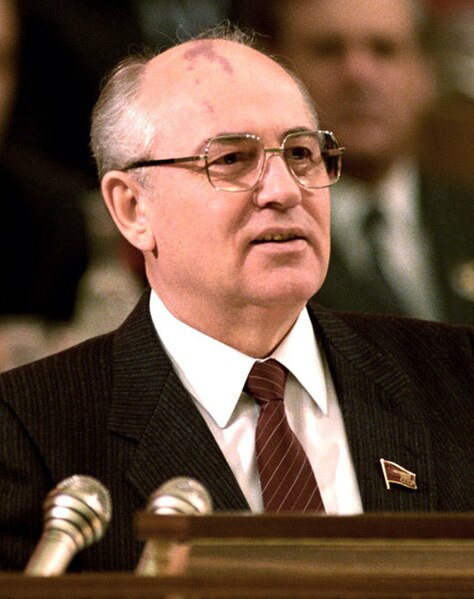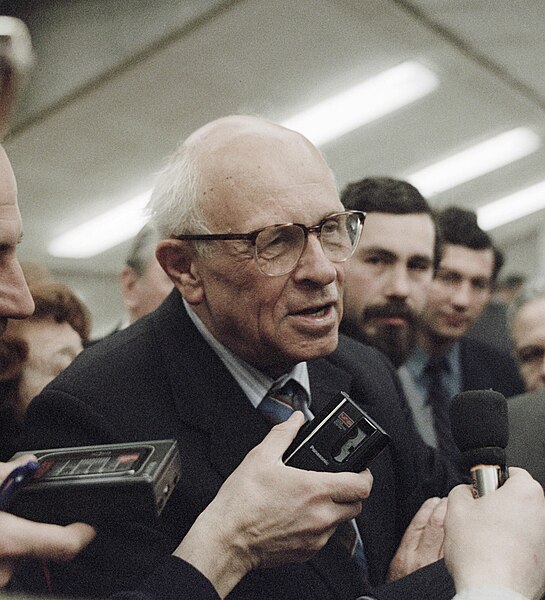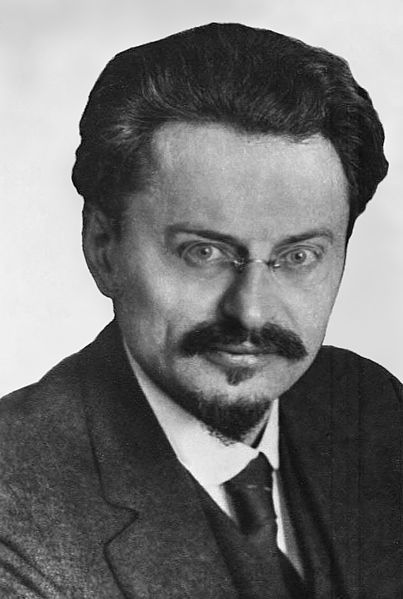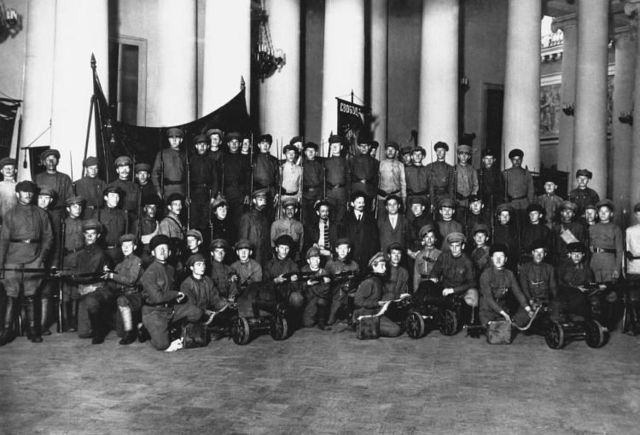Dissolution of the Soviet Union
The Union of Soviet Socialist Republics (USSR) was dissolved on 26 December 1991 by Declaration № 142-Н of the Soviet of the Republics of the Supreme Soviet of the Soviet Union, formally establishing the dissolution of the Soviet Union as a sovereign state and subject of international law. It also brought an end to the Soviet Union's federal government and General Secretary Mikhail Gorbachev's effort to reform the Soviet political and economic system in an attempt to stop a period of political stalemate and economic backslide. The Soviet Union had experienced internal stagnation and ethnic separatism. Although highly centralized until its final years, the country was made up of 15 top-level republics that served as the homelands for different ethnicities. By late 1991, amid a catastrophic political crisis, with several republics already departing the Union and the waning of centralized power, the leaders of three of its founding members, the Russian, Belorussian, and Ukrainian SSRs, declared that the Soviet Union no longer existed. Eight more republics joined their declaration shortly thereafter. Gorbachev resigned on 25 December 1991 and what was left of the Soviet parliament voted to end itself.

Mikhail Gorbachev (1931–2022) in 1987
Environmental concerns over the Metsamor Nuclear Power Plant drove initial demonstrations in Yerevan.
Anti-Soviet rally of about 250,000 in Lithuania, whose Sąjūdis movement helped restore independence
Andrei Sakharov, formerly exiled to Gorky, was elected to the Congress of People's Deputies in March 1989.
The Union of Soviet Socialist Republics (USSR), commonly known as the Soviet Union, was a transcontinental country that spanned much of Eurasia from 1922 to 1991. It was the largest country in the world by area, extending across eleven time zones and sharing land borders with twelve countries. A successor state to the Russian Empire, the country was nominally organized as a federal union of fifteen national republics, the largest and most populous of which was the Russian SFSR; in practice both its government and economy were highly centralized until its final years. It was the world's third-most populous country and Europe's most populous country. As a one-party state governed by the Communist Party of the Soviet Union, it was a flagship communist state. Its capital as well its largest city was Moscow. Other highly urbanized centers were Leningrad, Kiev, Tashkent and Baku.
Vladimir Lenin, founder of the Soviet Union and the leader of the Bolsheviks
Leon Trotsky, founder of the Red Army and a key figure in the October Revolution
Lenin, Trotsky and Kamenev celebrating the second anniversary of the October Revolution
Dissolution of the elected Russian Constituent Assembly by the Bolsheviks on 6 January 1918








